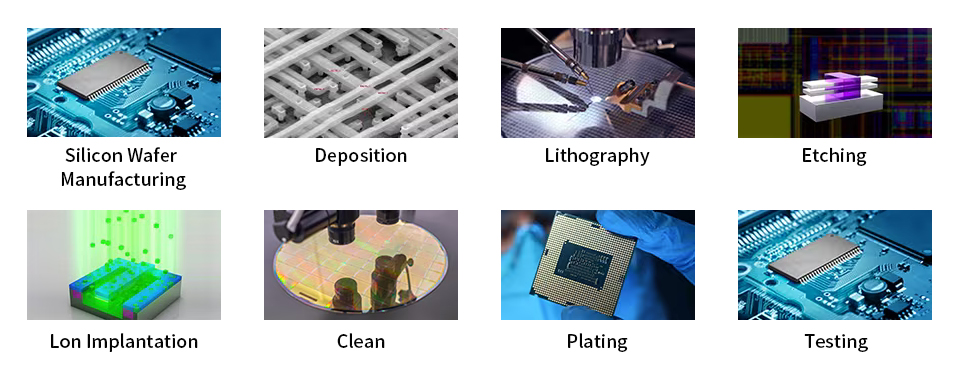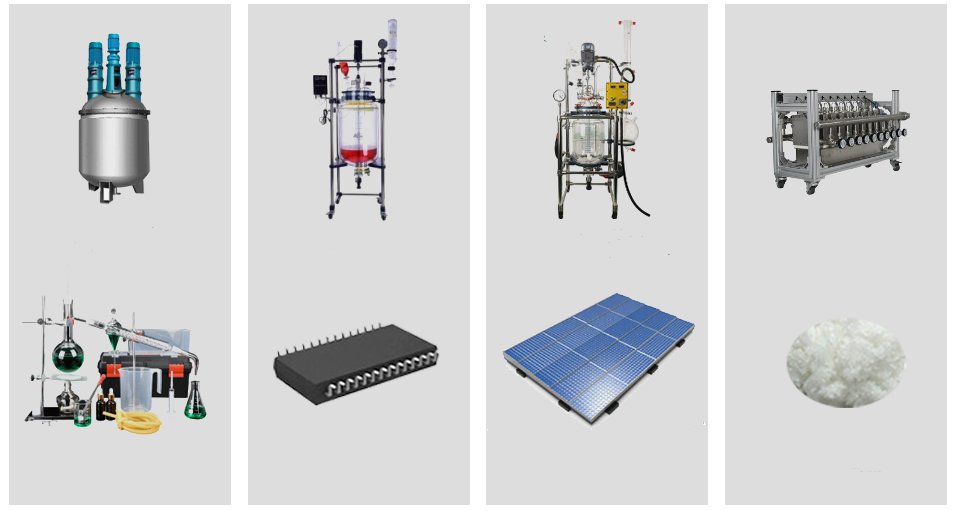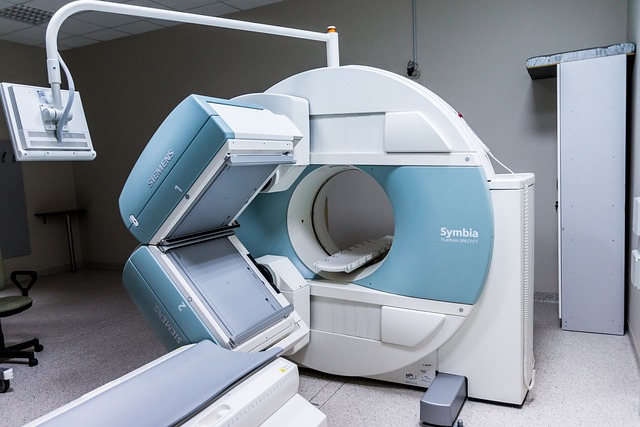Chiller Heater Units: Everything You Need to Know About Heating and Cooling
Industrial chillers are common temperature control devices. They play a key role in labs and production workshops. A single chiller can only cool, so if your process needs high temperatures, you need a separate heater. Having two units costs more to buy and maintain and takes up more space.
To solve this, heating & cooling circulation units were developed. These compact units can both heat and cool. They provide dynamic temperature control over a wide range within a single system.
How Chiller Heater Units Work
Understanding how the cooling and heating systems work helps explain why these units manage temperature so efficiently.
Cooling System
During cooling, the system removes heat from the equipment or process using the refrigerant and coolant loops. The coolant absorbs heat and returns to the evaporator. Inside the evaporator, the cold liquid refrigerant absorbs heat from the warmer coolant and turns into gas.
The compressor then compresses the hot gas. The condenser cools the gas and releases the heat. The cooled refrigerant then passes through the expansion valve and evaporator to repeat the cycle.
Heating System
Heating can be done in two main ways:
• Heat Pump Heating
Units with heat pump technology can reverse the refrigerant cycle. This lets the same system provide both heating and cooling. The heat pump moves heat from the environment into the process or space. This method is common in home AC, HVAC systems, and chiller heaters.
In a chiller heater, both the evaporator and condenser are heat exchangers. In cooling mode, the condenser releases heat and the evaporator absorbs heat. In heating mode, the heat pump reverses the flow.
The evaporator absorbs heat from the air, and the condenser delivers it to the system. Even in cold weather, the air still has some heat, though efficiency drops as the temperature falls. This method transfers heat instead of generating it with electricity, which saves a lot of energy.
• Electric Heater
In very cold conditions, some chiller heaters add electric heaters. These can be heating rods or plates that convert electricity into heat to give extra warming.

Advantages of Chiller Heater Combos
Space Saving
A unit that both heats and cools eliminates the need for separate machines. This compact design works well in labs, clean rooms, and other spaces where room is tight.
Cost Saving
A chiller heater costs less than buying a separate chiller and heater. It also runs more efficiently, lowering operating costs.
Easy Operation
Chiller heater units often have PID or PLC controllers. You can set parameters on a simple panel. The system automatically switches between heating and cooling based on real-time data.
Heat Recovery & Energy Saving
Some facilities run multiple production lines with different temperature needs. Units with heat recovery can capture excess heat from the condenser while cooling one line and send it to another line that needs heat. This can save significant electricity costs.
Main Types of Chiller Heater Units
Water-Cooled Units
Water has a high heat capacity and transfers heat well. But water-cooled systems need cooling towers, pipes, and pumps. They cost more upfront and take more maintenance. They are mostly used in large industrial setups with high heat loads.

Air-Cooled Units
Air-cooled chillers use fans instead of towers or pipes. They are smaller, easier to install, and cheaper to maintain. They are ideal for small projects or places with limited water.

Applications of Chiller Heater Units
Semiconductor Manufacturing
Even small temperature changes can cause defects or batch variations. High-precision heating & cooling units are vital in wafer etching and deposition processes.

Reactors
Stable high-precision temperature control ensures chemical reactions proceed at the right rate. Heating & cooling units provide this stability.

Medical Equipment
Medical devices often run 24/7. Heat buildup can reduce accuracy or damage sensitive parts. Chiller heaters keep the temperature in a safe range.

Material Aging Tests
To test durability or lifetime, materials often need exposure to extreme temperatures. Heating & cooling units simulate these conditions precisely.
Achieving Precise Temperature Control
For industries that need reliable, precise temperature control, chiller heaters are essential. LNEYA’s SUNDI series has been used by pharmaceutical, chemical, testing labs, and research facilities. It’s known for reliability and stability. Investing in a heating & cooling unit pays off in both efficiency and performance.

- Chiller Components and Refrigeration Fundamentals Guides
- Chiller Types and Selection Guides
- How Does a Peltier Cooler Work
- Peltier Chiller vs. Compressor Chiller
- What Is a Peltier Chiller
- OEM vs Aftermarket Chiller Spare Parts
- Chiller Surge
- Chiller Cooling Capacity Units
- December 2025
- November 2025
- October 2025
- September 2025
- August 2025
- July 2025
- June 2025
- May 2025
- March 2025
- February 2025
- January 2025
- December 2024
- November 2024
- October 2024
- September 2024
- August 2024
- July 2024
- June 2024
- May 2024
- April 2024
- March 2024
- February 2024
- September 2023
- July 2023
- June 2023
- May 2023
- January 2023
air cooled chiller chiller Chiller Installation Chiller Maintenance chiller refrigerant chillers Cold Assembly Freezer cooling chiller cooling heating system cooling system dynamic temperature control system energy efficient chiller explosion-proof chiller freezer heating circulator industrial chiller industrial chillers industrial cooling industrial freezer industrial refrigerator jacket reactor laboratory chiller low temperature chiller news oil chiller process chiller process cooling reactor chiller reactor cooling reactor cooling heating reactor heating cooling refrigerated circulator screw chiller semiconductor chiller semiconductor test chiller sundi tcu temperature control test chamber thermostat ultra low temperature chiller vehicle test chiller water chiller water cooled chiller
Related chillers
CONTACT US
TEL:
EMAIL:
WeChat & WhatsApp:

Wechat QR

Have a question or need a quote? Fill out the form below, and our team will get back to you within 24 hours.
 LNEYA Industrial Chillers Manufacturer Supplier
LNEYA Industrial Chillers Manufacturer Supplier
















